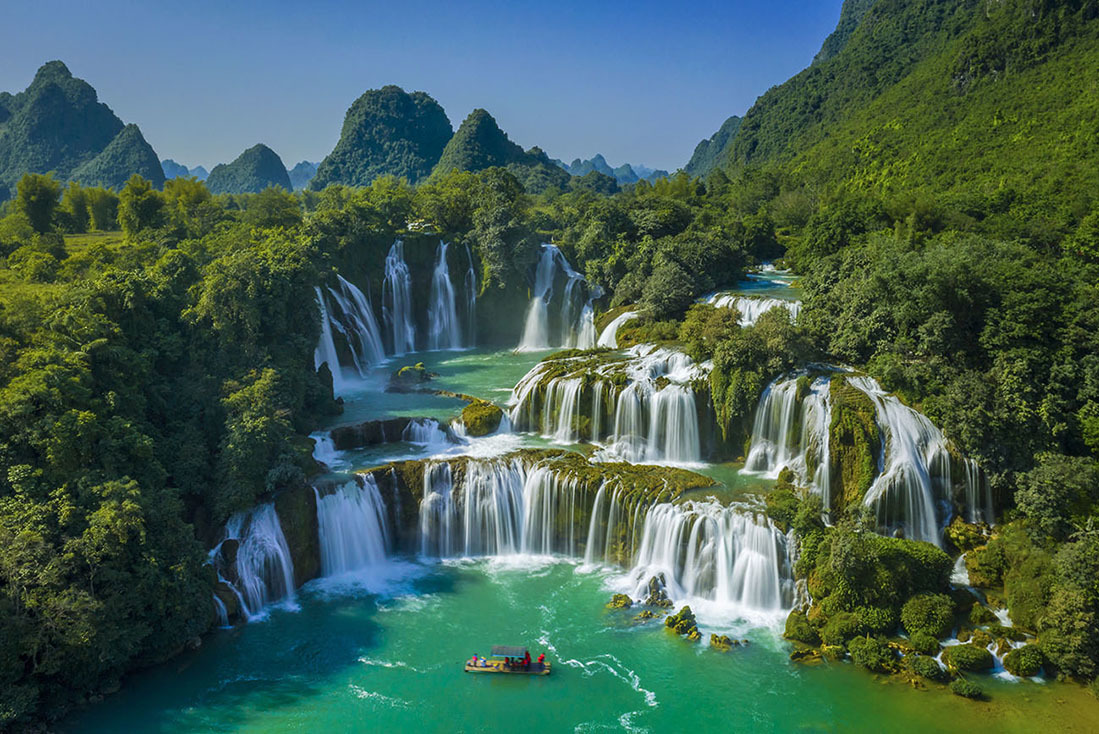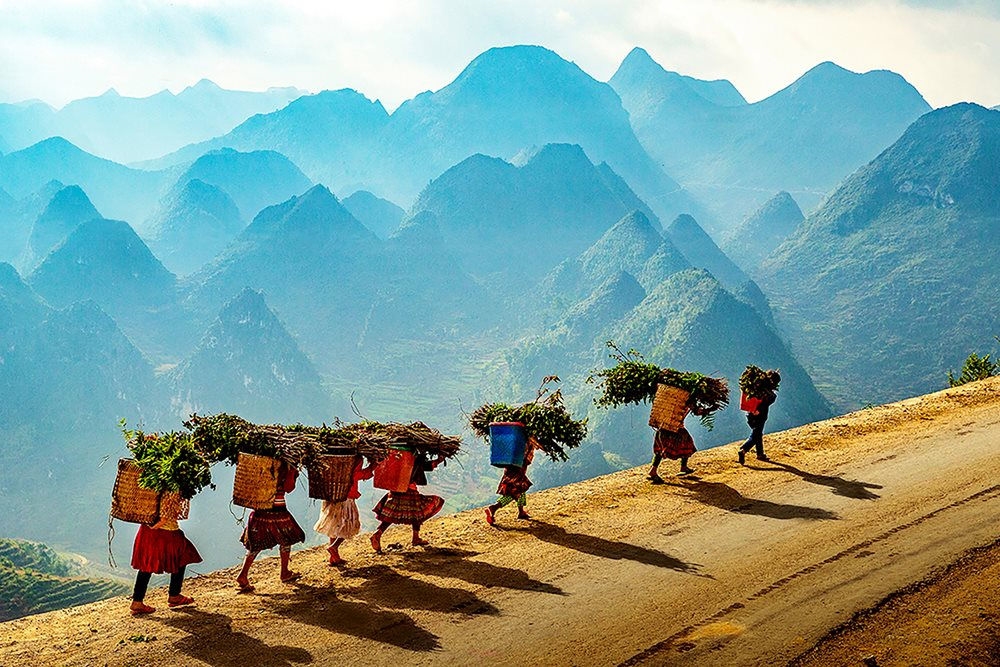Ba Be Lake – Bac Kan Province
-
admin_dev
-
February 15, 2023
-
1003
Ba Be Lake, located in Bac Kan province in northern Vietnam, is a stunning travel destination that is quickly gaining popularity among both locals and tourists. Surrounded by towering limestone cliffs, lush forests, and rolling hills, this tranquil lake is the perfect spot to escape from the hustle and bustle of city life and immerse oneself in the natural beauty of Vietnam.
The lake is the largest natural freshwater lake in Vietnam, spanning over 500 hectares and surrounded by dense forests that are home to a diverse array of flora and fauna. The lake is also the source of the Nang River, which winds its way through the surrounding countryside, providing water to the nearby rice fields and farming communities.

One of the best ways to experience the beauty of Ba Be Lake is by taking a boat ride on the calm waters of the lake. Visitors can hire a local guide to take them on a leisurely tour of the lake, stopping at various points along the way to explore the surrounding countryside, visit traditional villages, and observe the local wildlife. As you cruise along the lake, you will be awed by the stunning scenery that surrounds you, including the towering cliffs that rise up from the water and the lush forests that line the shore.
Another must-visit destination near Ba Be Lake is the Dau Dang Waterfall. Located just a short boat ride from the lake, this majestic waterfall cascades down a series of rocky ledges into a crystal-clear pool below. Visitors can swim in the cool waters of the pool, hike to the top of the waterfall for a stunning view of the surrounding countryside, or simply relax and soak in the beauty of this natural wonder.
For those interested in exploring the local culture and traditions of the region, a visit to the nearby Pac Ngoi Village is a must. This traditional village is home to the Tay ethnic group, one of the largest minority groups in Vietnam. Visitors can observe the daily life of the villagers, including their traditional farming practices, handicrafts, and customs. The village is also a great place to sample the local cuisine, including delicious dishes made with fresh fish from the lake.
In addition to its natural beauty and cultural attractions, Ba Be Lake is also a great destination for adventure-seekers. The surrounding hills and forests offer countless opportunities for hiking, trekking, and mountain biking, while the lake itself is perfect for kayaking and fishing. Visitors can also take a guided tour of the Ba Be National Park, which is home to a wide range of rare and endangered species, including the black gibbon and the Asiatic black bear.
Overall, Ba Be Lake is a truly unique and breathtaking travel destination that offers something for everyone. Whether you are looking to relax and soak in the natural beauty of Vietnam, explore the local culture and traditions, or embark on an adventure-filled journey, Ba Be Lake is the perfect place to do it. So pack your bags, book your trip, and get ready to experience the wonders of this hidden gem in northern Vietnam.
Puong Cave
I don’t know since when, the gentle Nang River has managed to erode through the limestone cliffs to create a flowing stream with magnificent caves. Many people even compare Puong Cave to the mouth of a giant shark, opening wide to swallow every single boat as they connect and follow the stream.
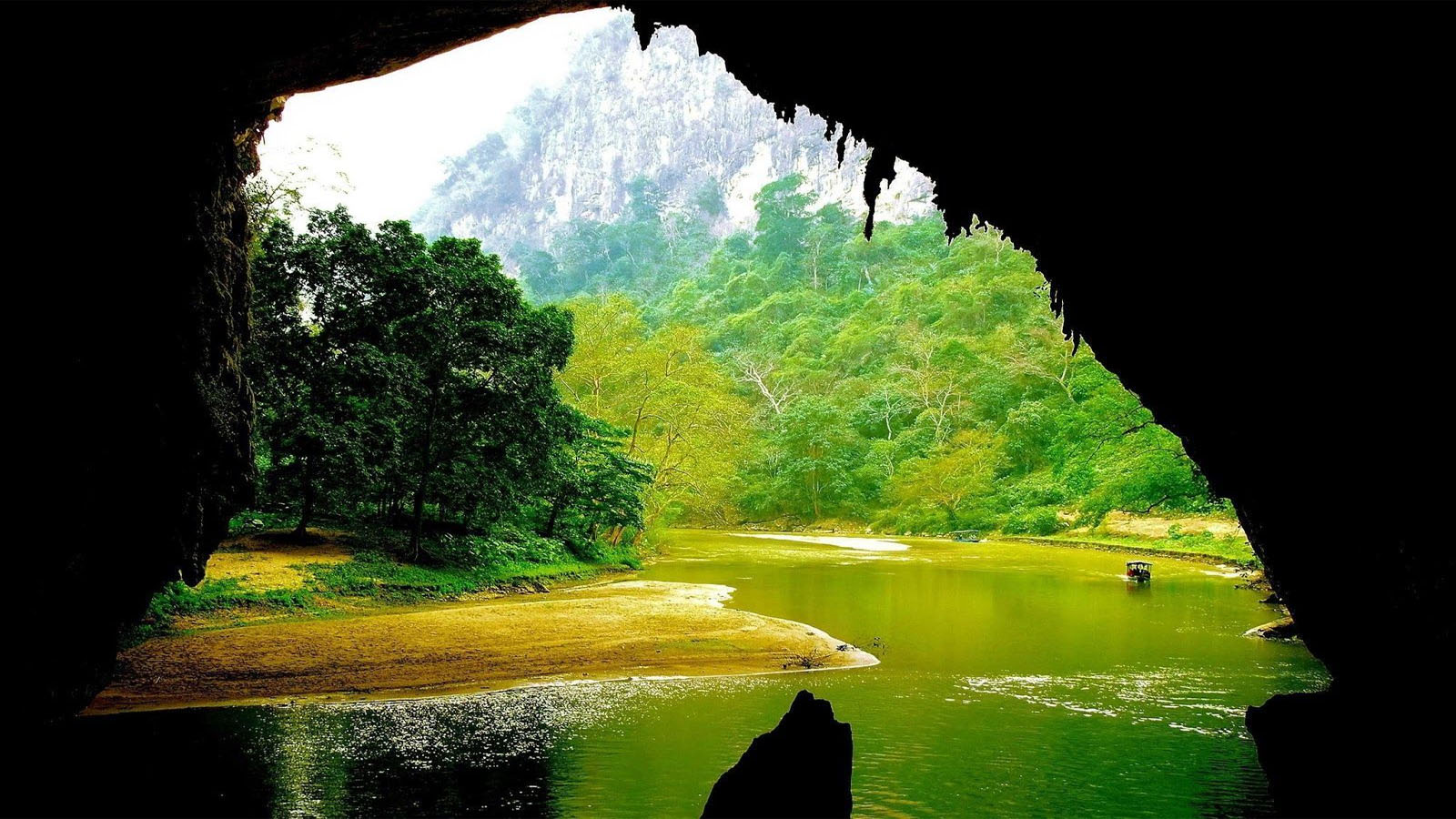
Puong Cave is located in Cao Thuong village, Ba Be. As a double-headed pine cave, Puong Cave has a length of 300 meters, a height of over 30 meters, with standing rocks and many different-shaped and colored stalactites formed when the Nang River flowed through the limestone mountains of Lung Nham, creating a magnificent limestone landscape with a spacious entrance for the Nang River to flow freely. The cave door here is high and flat, as if someone had cut a sweet cream cheese into the soft rock millions of years ago. Due to the many lights from outside, the areas covered with green moss over time are now revealed as clusters of sparkling stones. Inside the cave, the strange-shaped stalactites hang down to shine on the sparkling water. The deeper you go, although the cave is quite dark, it is still attractive to tourists as there are tens of thousands of bats living or resting on the cave’s ceiling. Boats can go on the Nang River through Puong Cave.
Dau Dang Water Fall
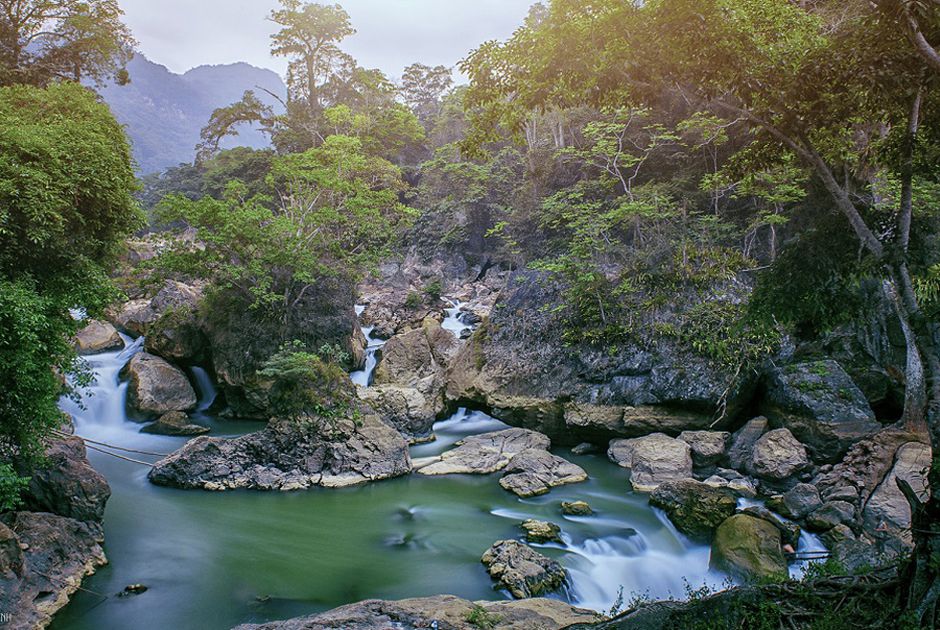
The Dau Dang Waterfall is located between two limestone mountain ranges on the Nang River, at the border between Bac Kan and Tuyen Quang provinces. After flowing under the Lũng Nham mountain range to form the Puong Cave, the Nang River is blocked by hundreds of large and small boulders stacked on top of each other with a slope of about 500 meters when it reaches the Hua Tang village, forming a magnificent three-tiered waterfall. Each tier is about 3-4 meters apart in length. This area is also where the fried fish species, one of the rare fish species, appear with some fish weighing tens of kilograms.
Fairy Pond (Ao Tien)
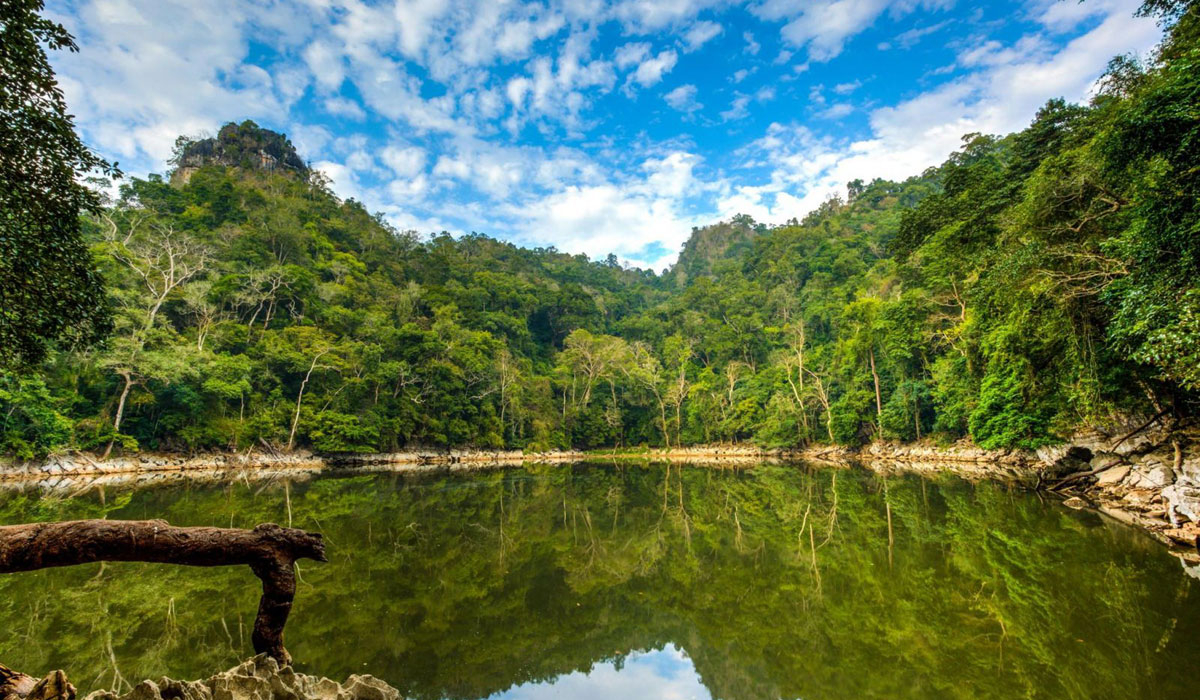
Ao Tiên sounds like a beautiful and serene spot in the Ba Be Lake area. It is a small and charming lake located in the limestone valley, and is fed by the groundwater that seeps through the surrounding rocks, giving it the same water level as Ba Be Lake.
The lake is home to several local fish species and other aquatic animals. While local fishermen occasionally come here to catch fish, the lake is mostly a place of tranquility and solitude rather than a fishing spot. Like many other places in Ba Be, Ao Tiên is steeped in local legend and folklore. Its name, “Fairy Lake,” is said to derive from a story about a hunter who, while passing through the area, was enchanted by the beauty of fairies bathing in the lake.
Ba Goa Island
Island of Ba Goa (local name: Po Gia Mai) is a small and lovely island located in the middle of Lake 1 (Pe Leng) in Ba Be Lake. The island is formed by large and small rock slabs stacked on top of each other, with lush green trees surrounding it all year round. The roots of the trees hang down and embrace the rocks, making the island appear as a miniature rock garden in the middle of the lake.
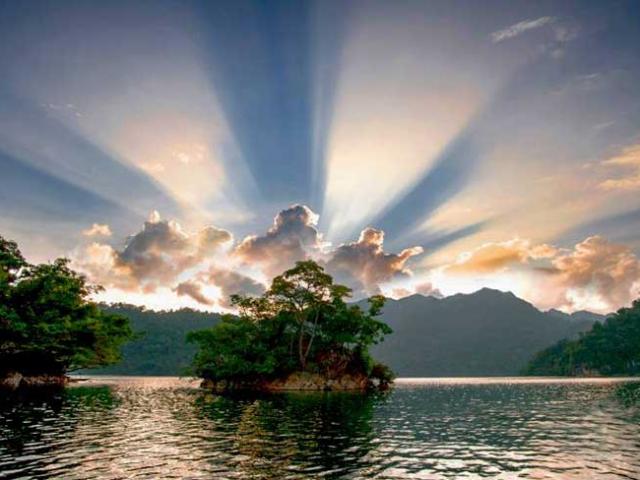
According to legend, the island was once the home of two kind-hearted widows named Ba Goa, who used rice husks obtained from Lady Tien to make two wooden boats to rescue the people during the great flood that formed Ba Be Lake.
The Island of Ba Goa is an attractive tourist destination, a sparkling emerald gem in the middle of the clear blue lake. It is an ideal place for visitors to explore and take memorable photos of their trip to the Ba Be National Park in Bac Kan.”
Pac Ngoi tourism village
Pac Ngoi tourism village is a cultural village located in Nam Mau commune, Ba Be district. It is a stilt house village of the Tay ethnic group next to the Leng river and near Ba Be Lake. The village has more than 80 households with nearly 400 people, and all of them are Tay people.
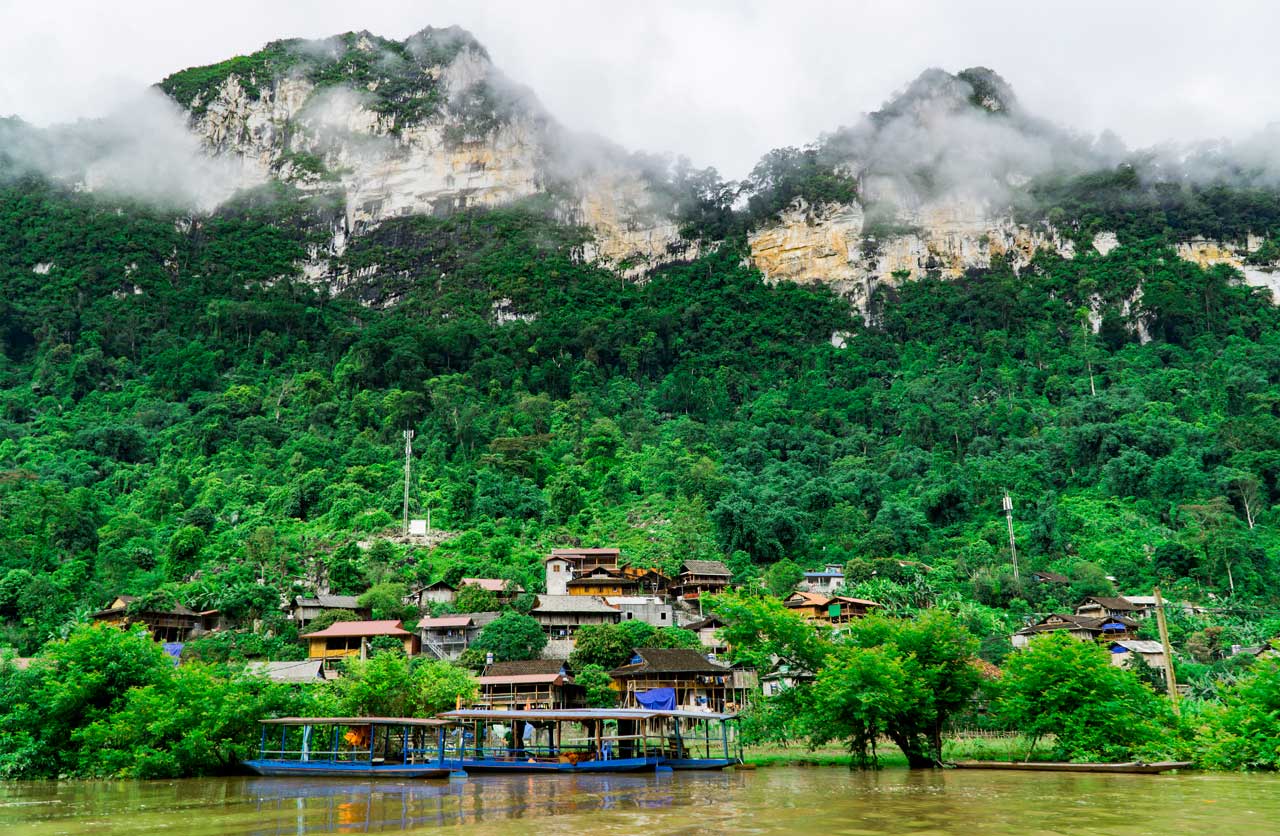
Pac Ngoi still has some ancient stilt houses with yin and yang tile roofs and unique architectural style. For generations, the people in the village have made a living by growing rice and corn on the riverbank and catching fish and shrimp in Ba Be Lake. Nowadays, most households in the village participate in tourism services for visitors.
When you visit Pac Ngoi, you can experience and enjoy delicious local specialties from the lake such as bamboo-tube rice, grilled fish, sour shrimp, sour meat, bird’s nest soup, five-color sticky rice, etc. You can also sleep in a stilt house, explore the lake by traditional wooden boat, go fishing on the river or lake, watch Tay girls perform traditional “Then” singing and dancing, and visit other ethnic villages around Ba Be Lake to buy local products.
Hua Ma Cave
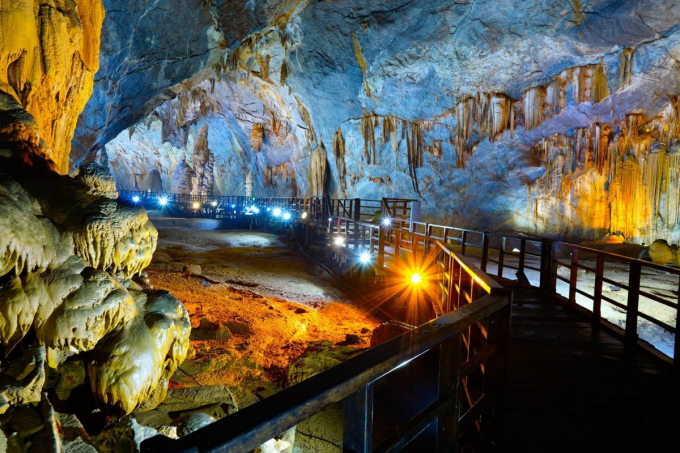
“Động Hua Mạ” is a scenic spot located in the Ba Bể National Park area. The cave is situated alongside the Lèng River, in the Pắc Ngòi village, Quảng Khê commune, Ba Bể district, Bắc Kạn province. Động Hua Mạ is situated on the slope of the Cô Đơn mountain range, amidst the lush greenery of the Lèo Pèn (Ghost Forest). The cave runs deep into the heart of the mountain, facing southeast and is shrouded in mystery throughout the year. Local people call it Lèo Pèn Cave.
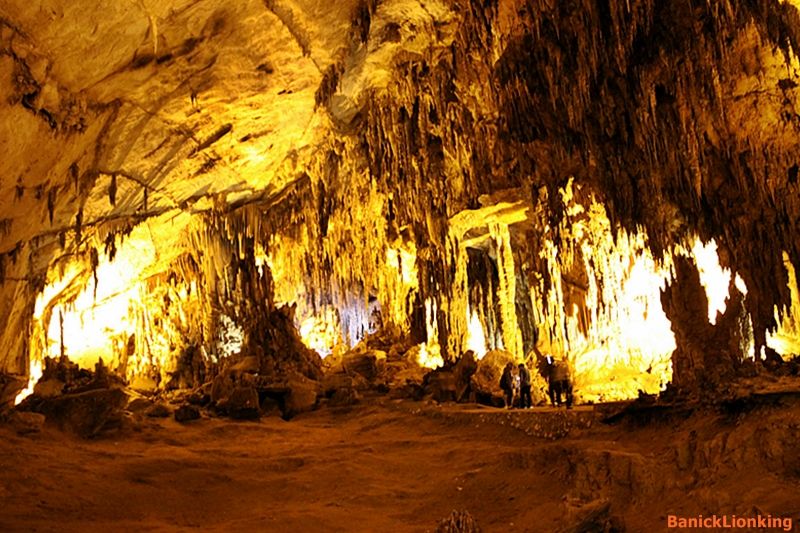
According to local legend, the Ghost Forest was once the domain of ghosts and demons. Later, a royal general passed through the forest and heard the cries of the spirits of the soldiers who died fighting against the invaders alongside the royal court, but were not able to ascend to heaven. The general camped by the Lèng river, sacrificed horses and offered their heads as a tribute to the gods. After the ceremony, the cries of the spirits vanished, and over time, unique and majestic stone formations emerged. From then on, people called the cave “Lèn Pèn”, also known as Hua Mạ Cave or locally known as “Đầu Ngựa” Cave.
The foot of the Cô Đơn mountain is 350 meters above sea level. The path from the foot of the mountain to the cave entrance consists of stairs. Tourists must climb 300 meters up the mountain to reach the cave, which has a 3-meter-wide and 5-meter-high entrance. The cave is vast, covering an area of approximately 1 hectare, with a length of more than 700 meters. The cave’s ceiling reaches up to 40-50 meters in height and contains many unique stone formations. Hua Mạ Cave was only opened for tourism in 2003-2004 and has not yet developed much in terms of tourism services and visitors.
Bac Ban Vang Waterfall
“Bạc Bản Vàng Waterfall” is located in the Hoàng Trĩ commune of the Ba Bể National Park buffer zone. From the summit of Khau Vàng Pass, Bạc Bản Vàng Waterfall appears as a white silk strip and is an ideal tourist destination for hot summer days.
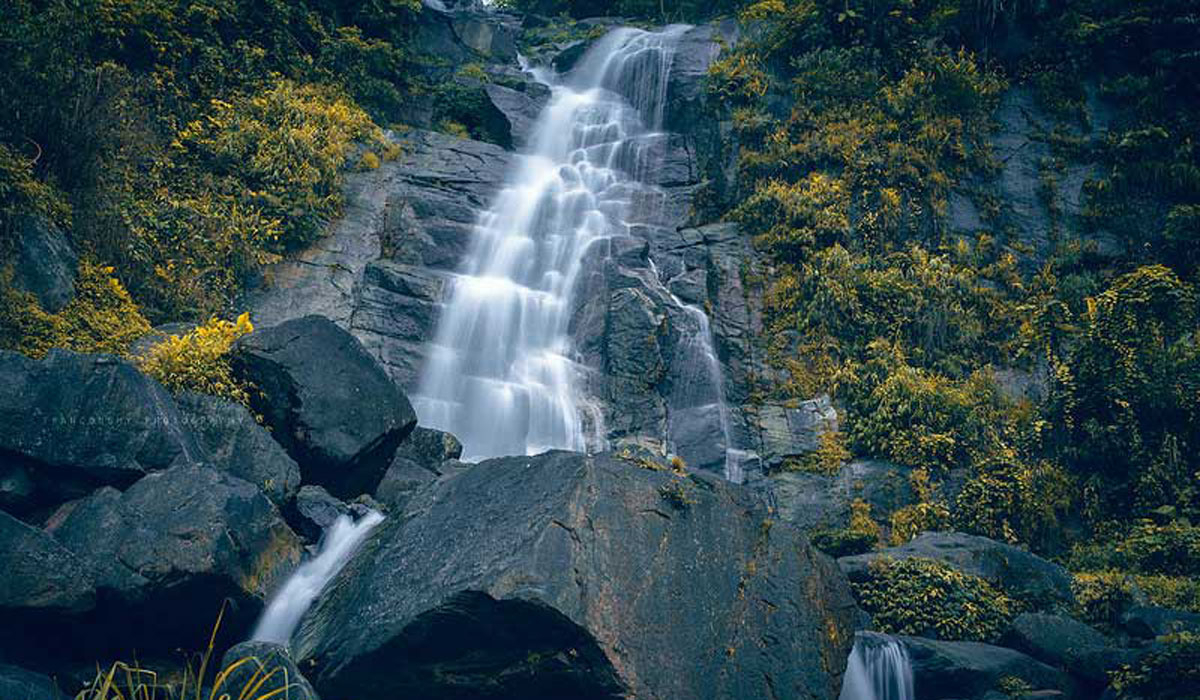
The waterfall is about 40 meters high, with almost straight rock walls hidden amidst the green forest. There are clear water pools and large rocks at the base of the waterfall, where visitors can relax and enjoy the peaceful atmosphere. The gentle flow of the water pours down from above, hitting the rocks at the base of the waterfall, creating thousands of white water bubbles. Immersing oneself in the cool water here is a relaxing experience that can wash away fatigue and leave one with a feeling of peace and comfort. Bạc Bản Vàng Waterfall exudes the beauty of a pristine and unspoiled natural landscape. When gazing upon the waterfall, visitors seem to enter another realm.
Nang Tien Cave, Nari
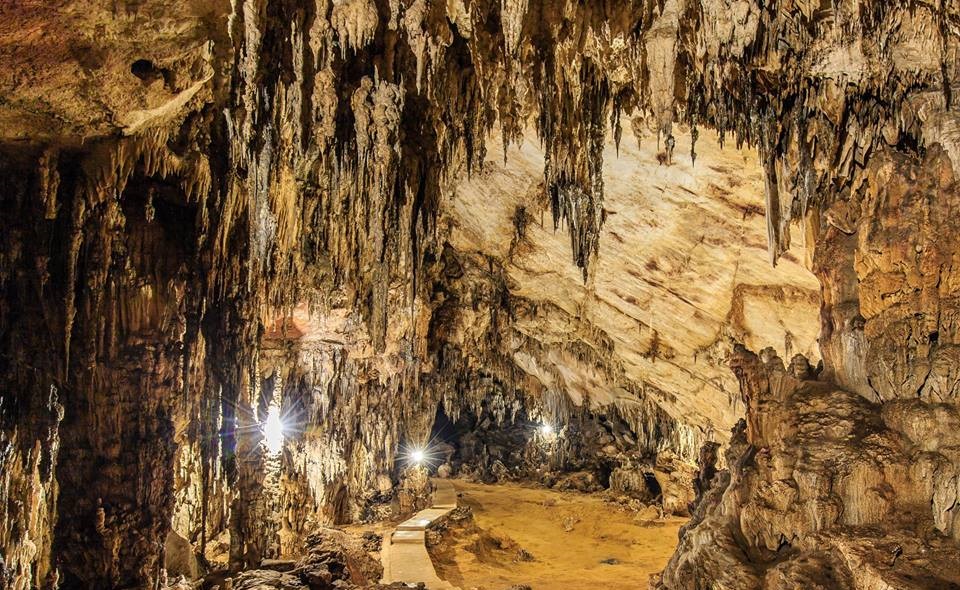
Nang Tien Cave is located in Luong Ha commune, Na Ri district, about 5 km east of Yen Lac town. The cave is over 200 meters deep, with a highest point of about 30 meters and an average width of 20 meters. There are many beautiful stalactites and stalagmites inside. Over millions of years, erosion and sedimentation of water in the limestone mountains created beautiful terraced fields. The cave also has a wide rock arch, inside which is a large flat rock like a bed, surrounded by soft shimmering stalactites, creating a glamorous bedroom-like space. According to legend, fairies visiting the earthly realm rested in this room, hence the cave’s name “Nang Tien Cave.”
Na Khoang Waterfall
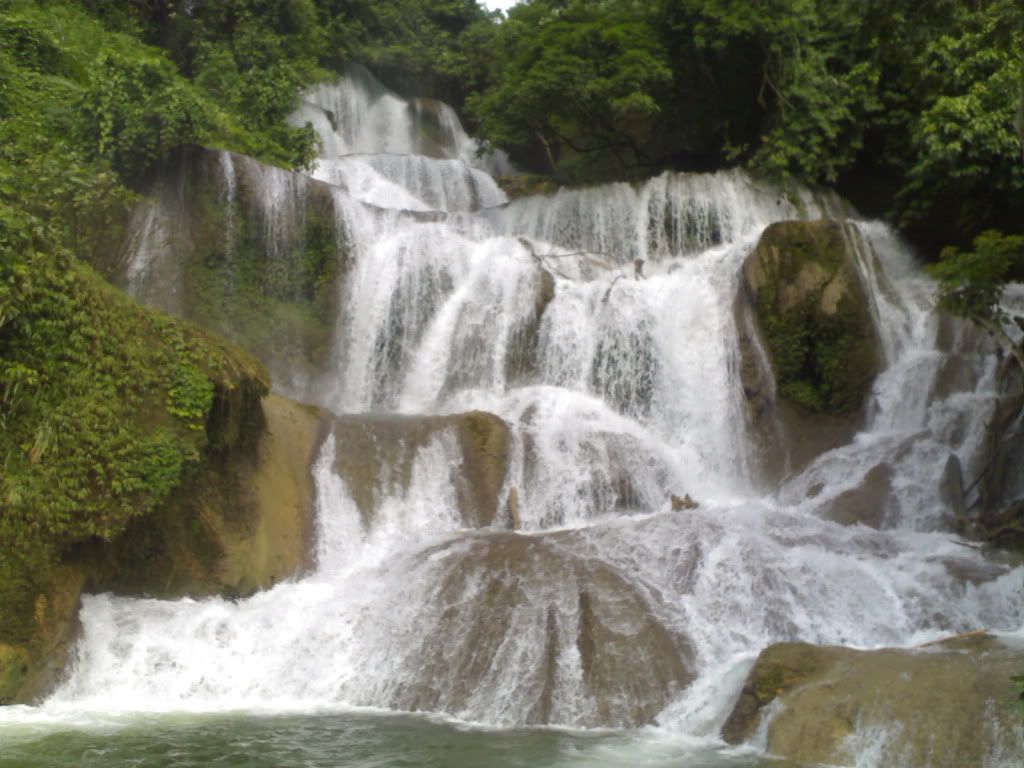
Na Khoang Waterfall is located about 6 km from the center of Na Phac town, Ngan Son district. The waterfall is at the foot of Deo Gio Mountain, adjacent to National Highway 3, covering an area of about 12 hectares. Na Khoang is formed by the confluence of two large streams, Nà Đeng and a small stream originating from Phia Sliểng Mountain. The two streams form a 4-tier waterfall system, about 600 meters long and 15 meters wide on average, before flowing into the Ban Mach stream. There is also a small, clearwater lake above the waterfall that can be used for swimming.
Deo Gio Pass
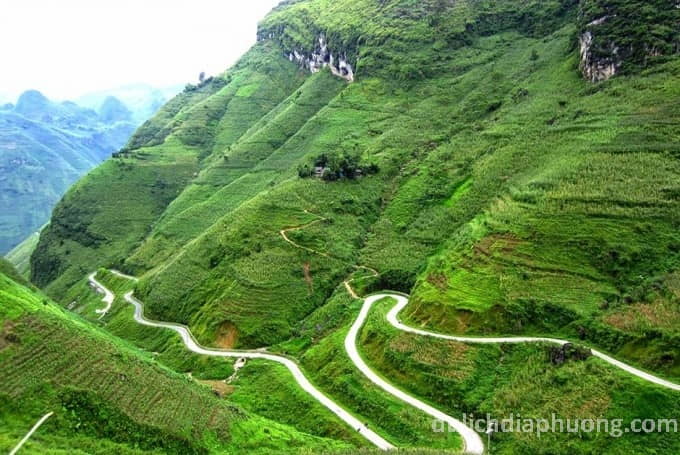
Deo Gio Pass is on National Highway 3 from Bac Kan to Cao Bang, about 50 km from Bac Kan city and about 10 km from the center of Ngan Son district. At 800 meters above sea level, Deo Gio is covered in fog all year round. This is a popular rest stop for tourists traveling to Cao Bang, where you can buy many agricultural and forest products of Bac Kan.
Ban Chang Ecological Lake

Ban Chang Ecological Lake is located in Duc Van commune, about 6 km south of the center of Ngan Son district, adjacent to National Highway 3 to Cao Bang. The natural crescent-shaped lake has an ideal topography and covers an area of about 5 hectares, surrounded by vast pine forests with a cool and fresh climate. The lake is home to a variety of fish and is a popular destination for ecotourism.















